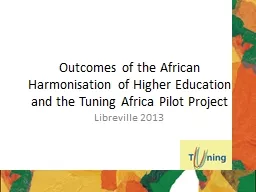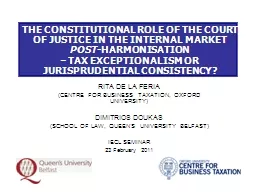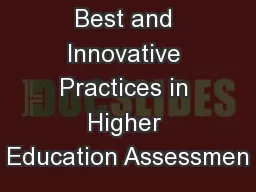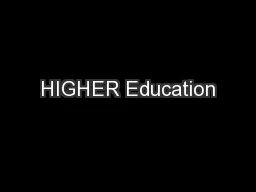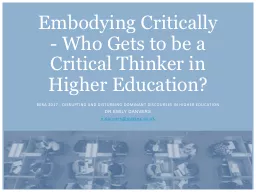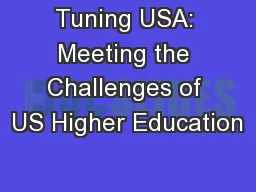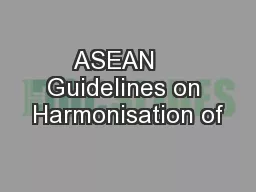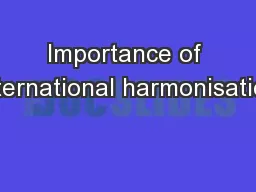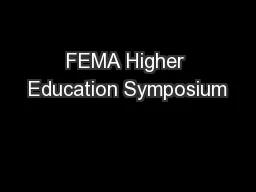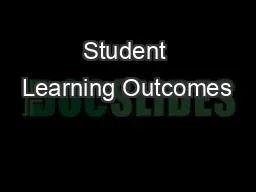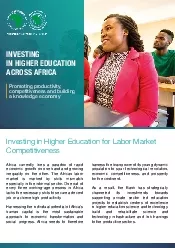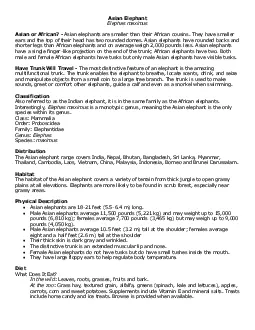PPT-Outcomes of the African Harmonisation of Higher Education a
Author : min-jolicoeur | Published Date : 2016-12-14
Libreville 2013 The Tuning Project A global movement The Tuning Project has become an international movement that is currently spreading across the globe The
Presentation Embed Code
Download Presentation
Download Presentation The PPT/PDF document "Outcomes of the African Harmonisation of..." is the property of its rightful owner. Permission is granted to download and print the materials on this website for personal, non-commercial use only, and to display it on your personal computer provided you do not modify the materials and that you retain all copyright notices contained in the materials. By downloading content from our website, you accept the terms of this agreement.
Outcomes of the African Harmonisation of Higher Education a: Transcript
Download Rules Of Document
"Outcomes of the African Harmonisation of Higher Education a"The content belongs to its owner. You may download and print it for personal use, without modification, and keep all copyright notices. By downloading, you agree to these terms.
Related Documents

